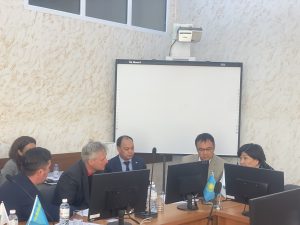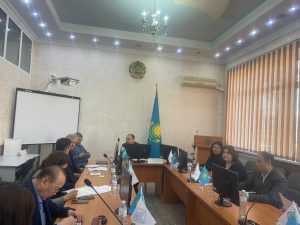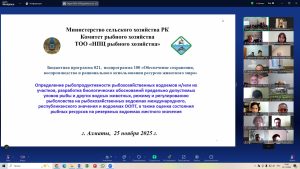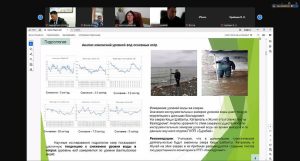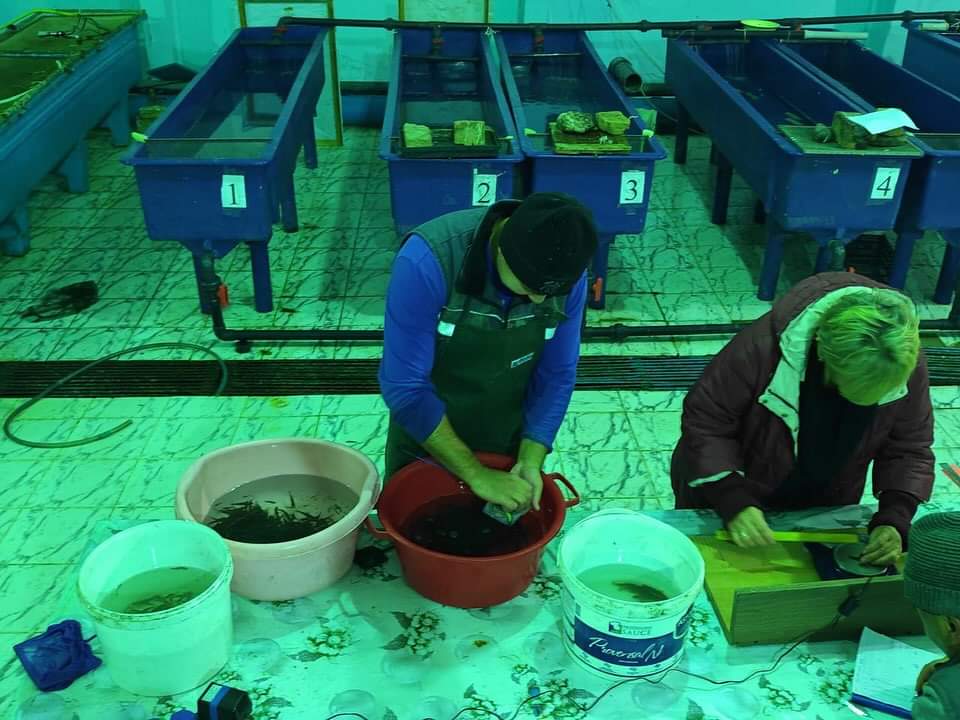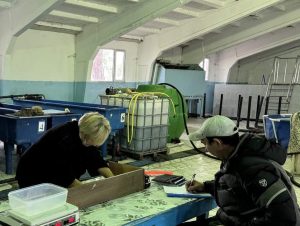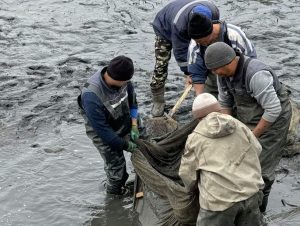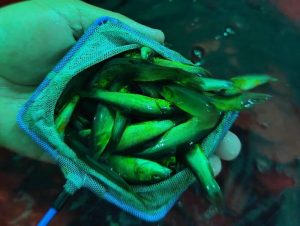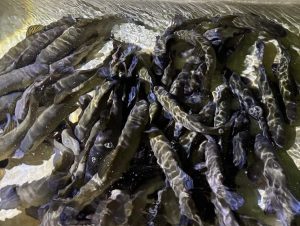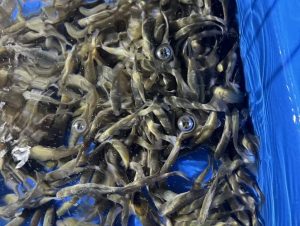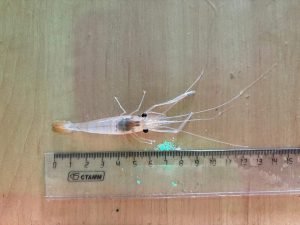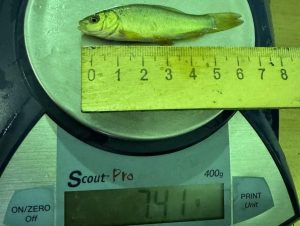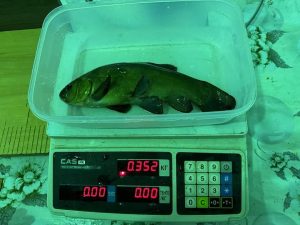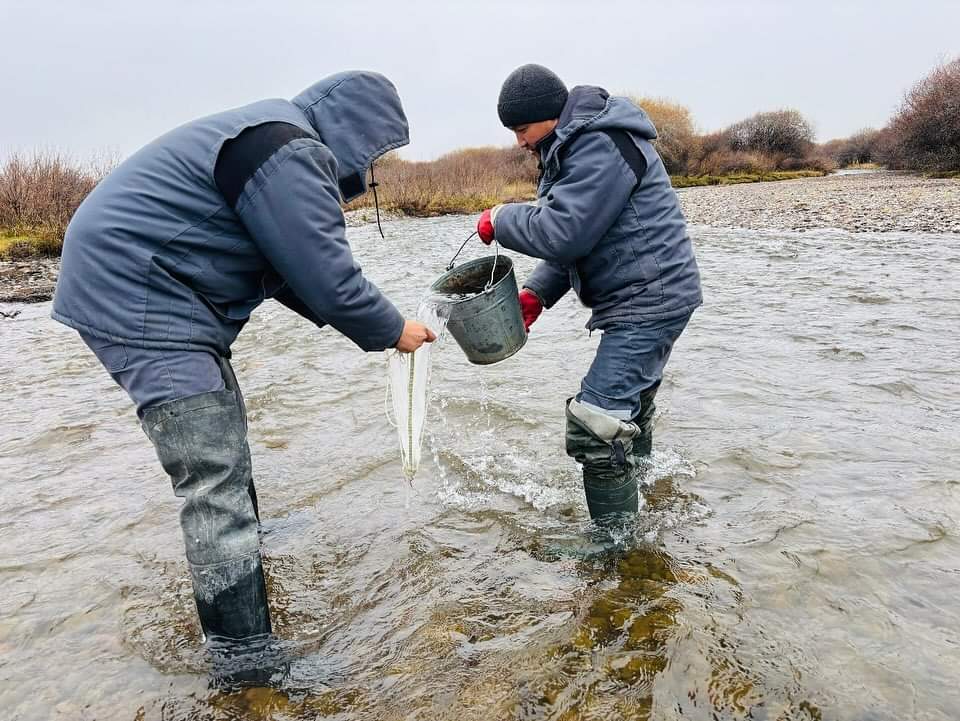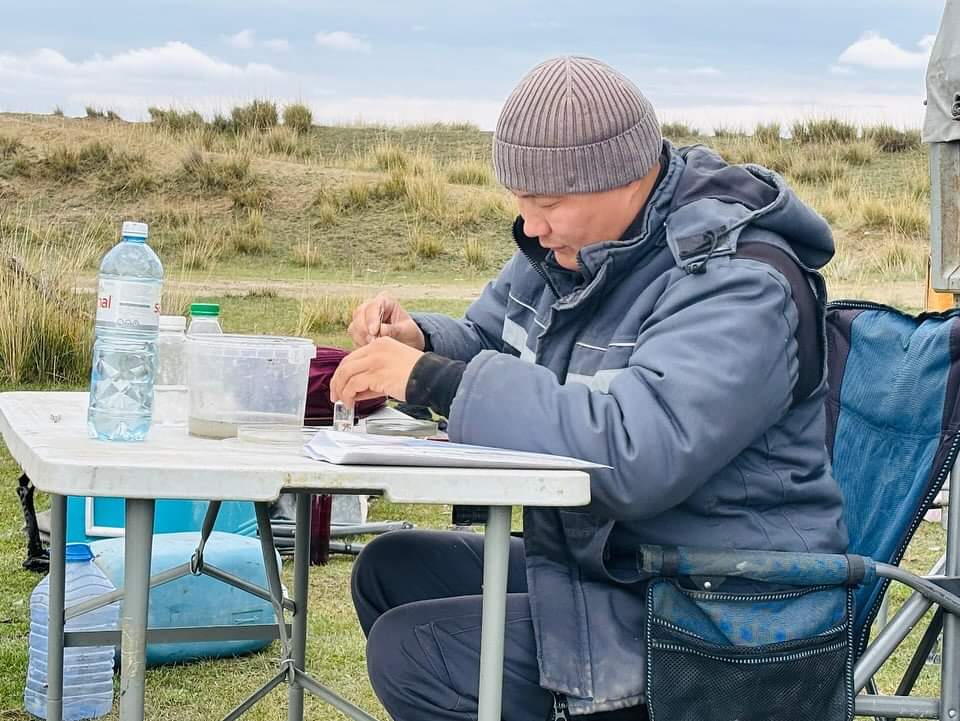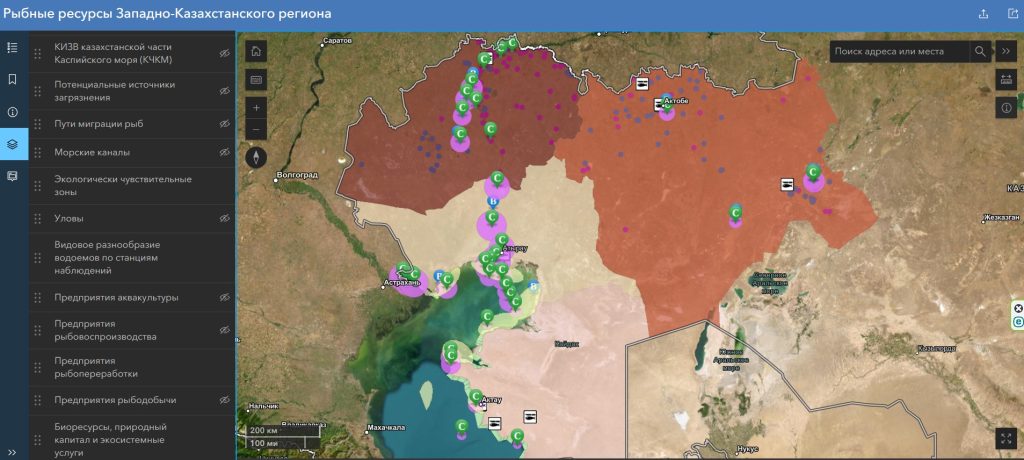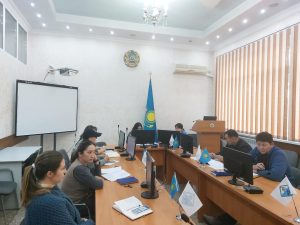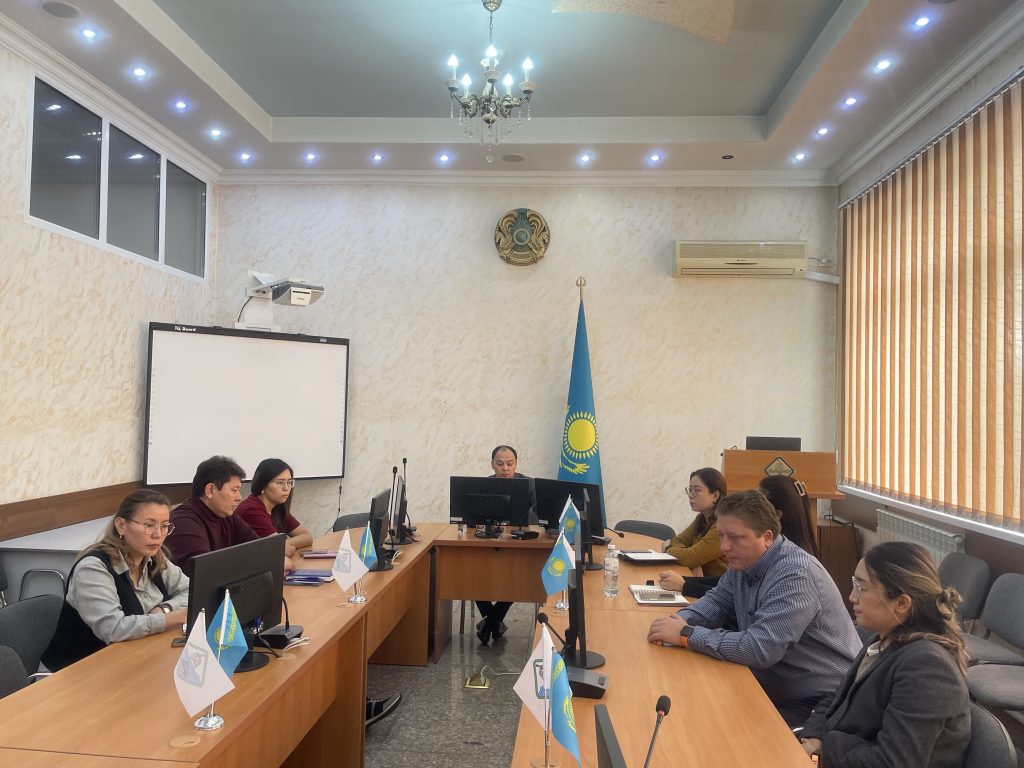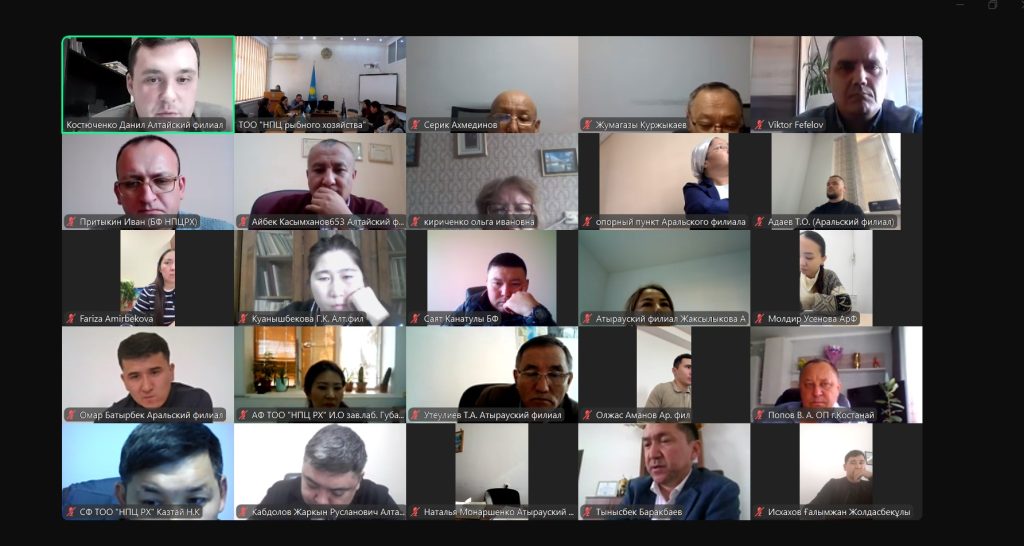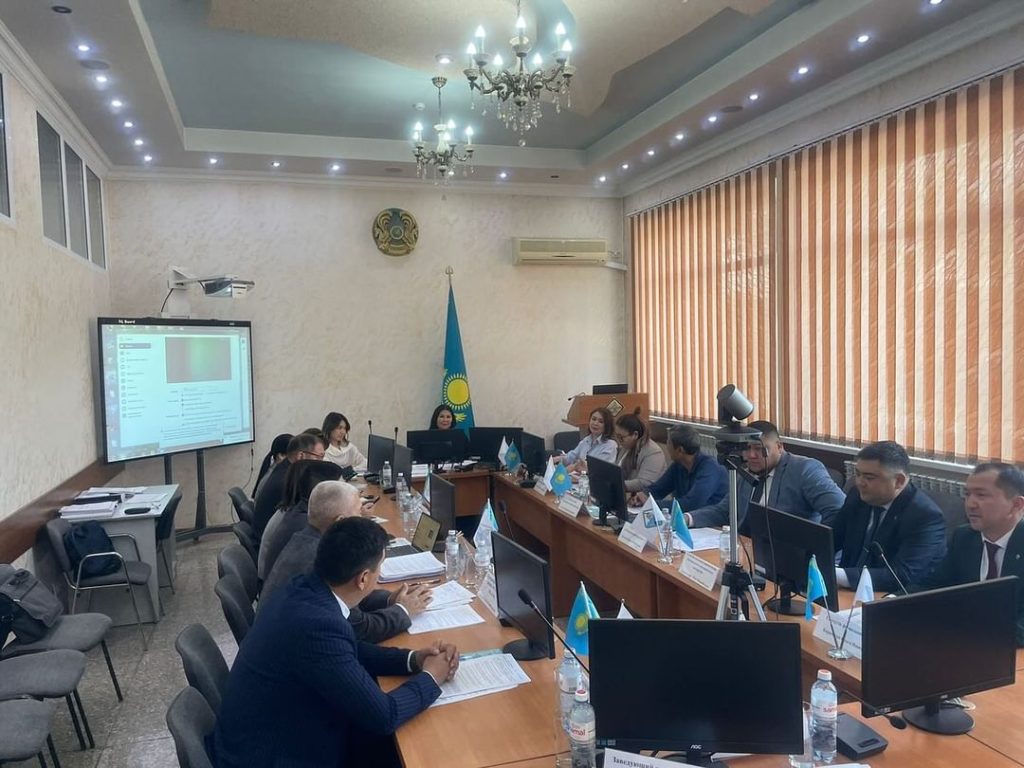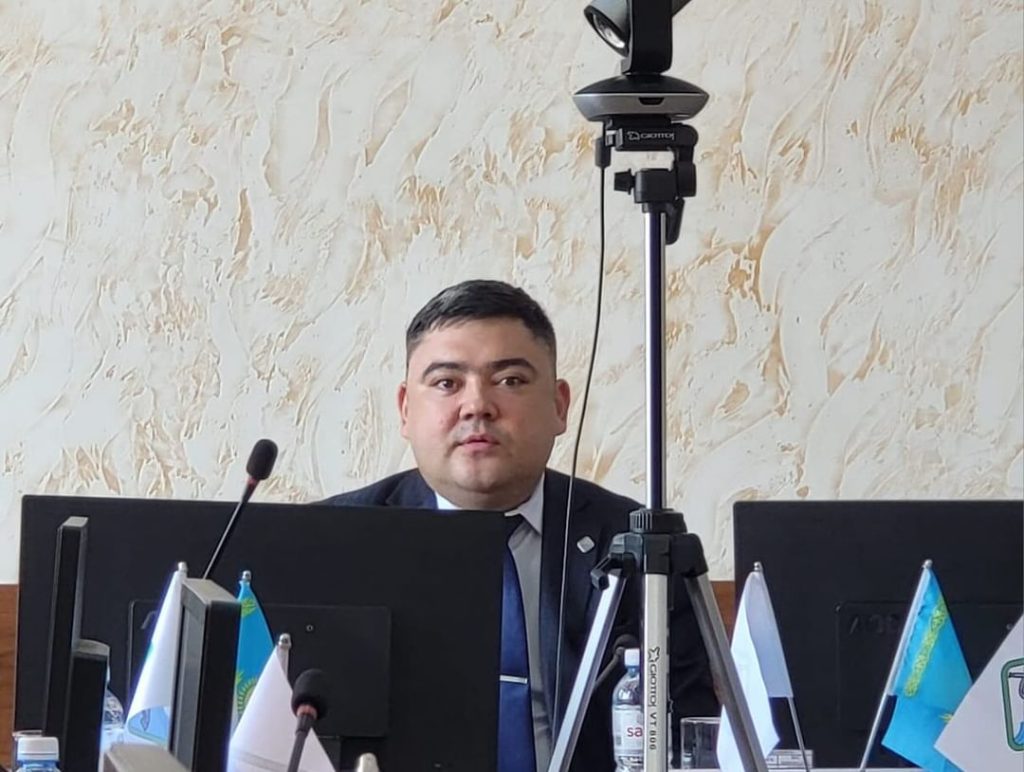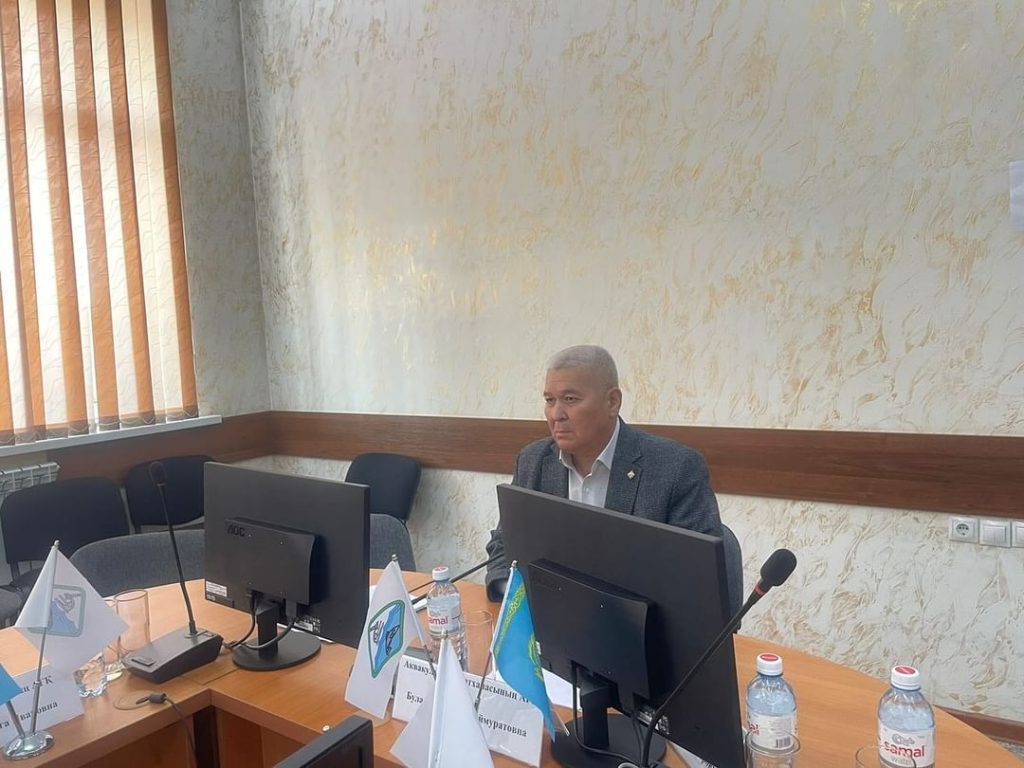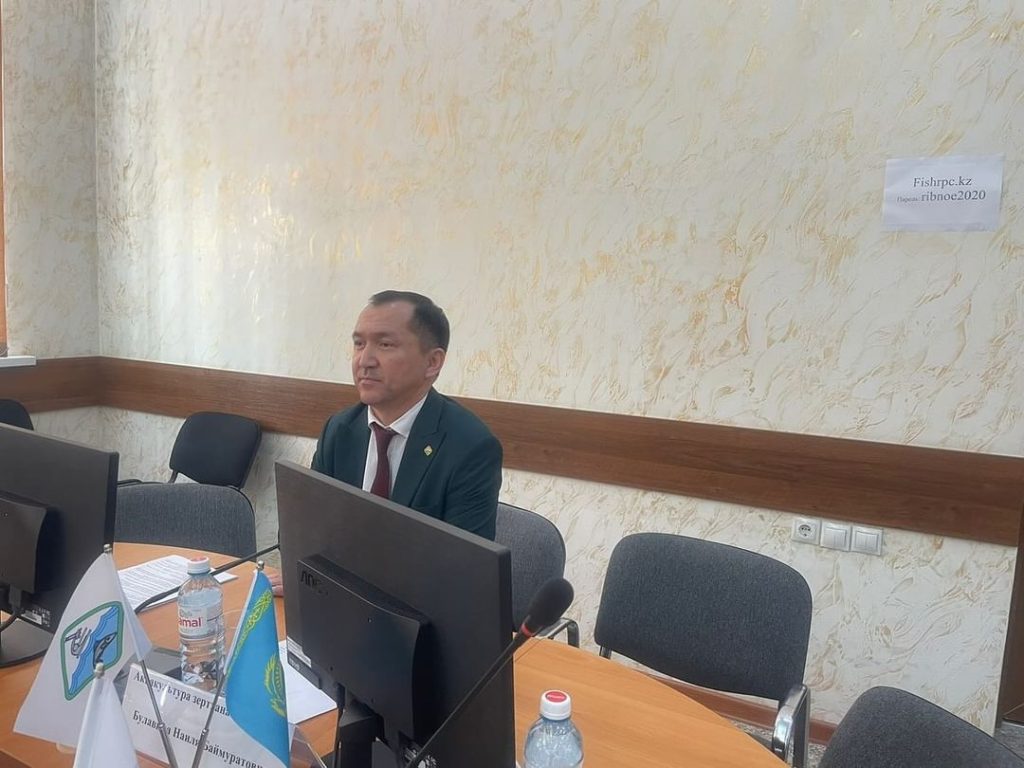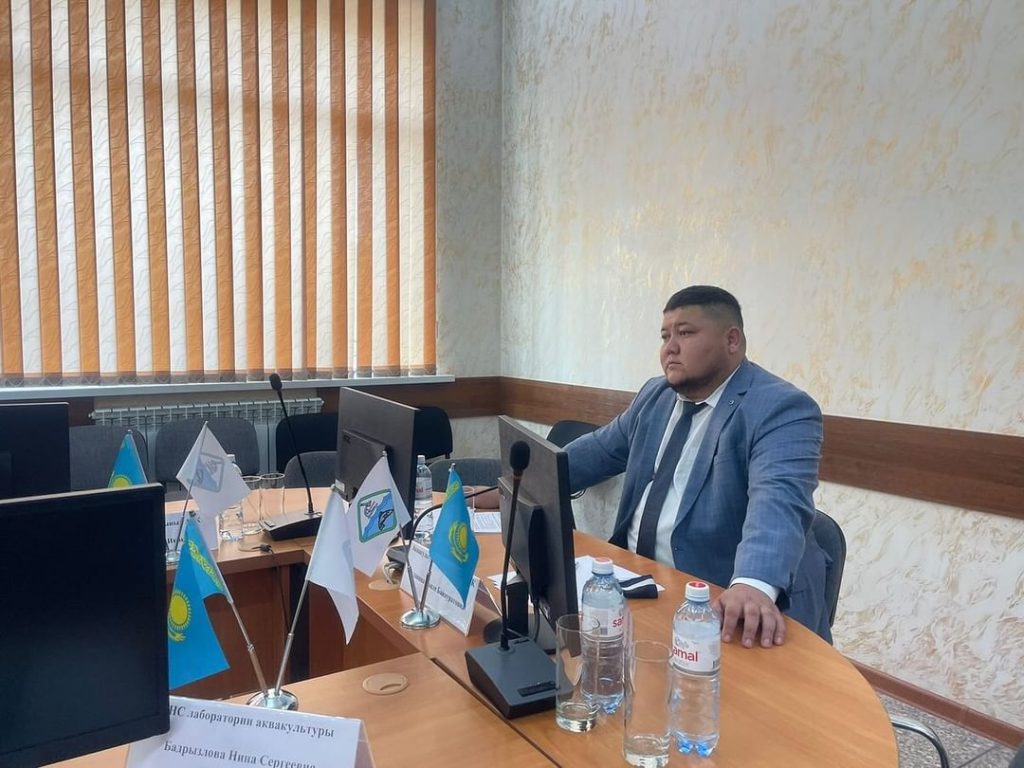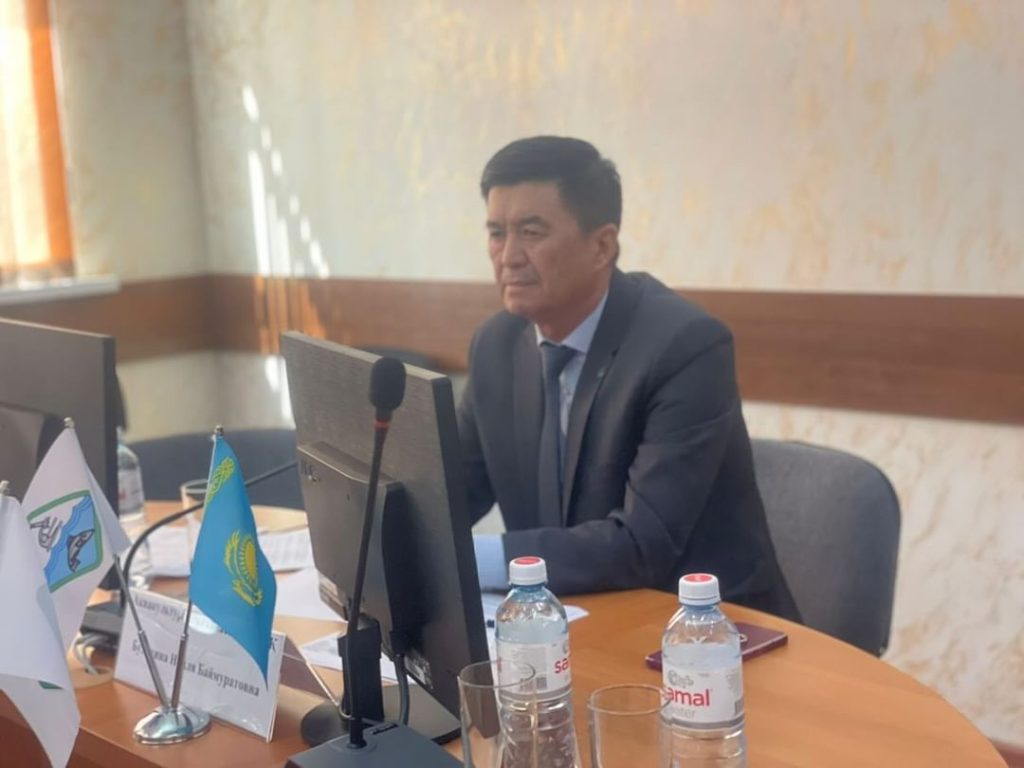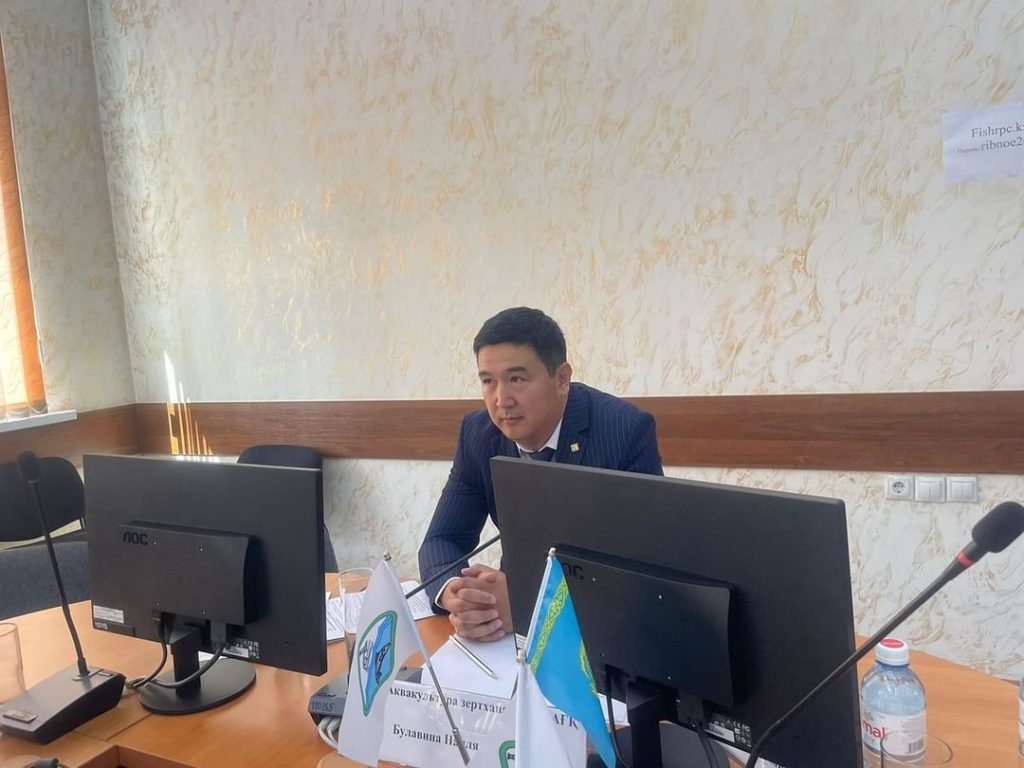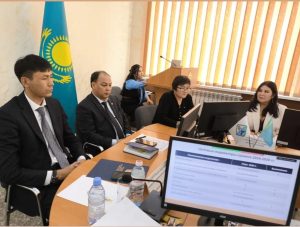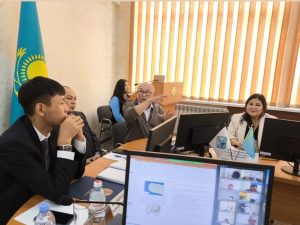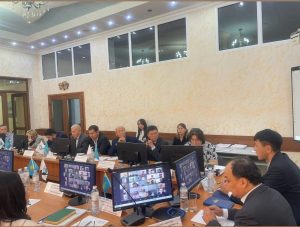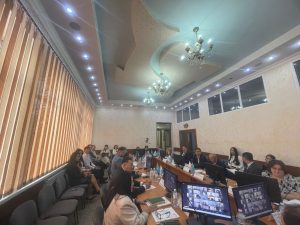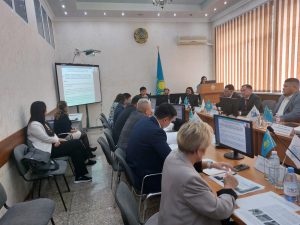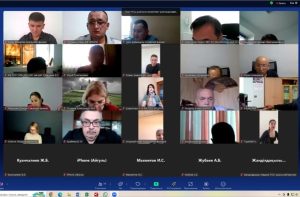Today, November 28, 2024, the FAO delegation arrived on a working visit to the Head Office of the FishRPC to discuss the implementation of the FAO project “Transforming Inland Fisheries and Aquaculture in Kazakhstan to Ensure Environmental Sustainability”. The following project components were discussed:
Component 1: Management Systems – Strengthening the enabling environment to support the sustainable development of the inland fisheries and aquaculture sector through the introduction and implementation of ecosystem approaches to aquaculture and fisheries.
Component 2: Building Institutional and Technical Capacity – Strengthening institutional capacity for planning, conservation, management and sustainable development of aquatic resources.
Component 3: Value Chain Development: Technical Support Program and Piloting Innovative Climate Adaptation Methods in the Aquaculture and Culture-Based Fisheries Production Sectors.
Composition of the FAO delegation:
- Thomas Shipton, International Consultant on Fisheries and Aquaculture
- Gulnar Tleuova, National Project Coordinator
- Aisha Sakhmetova, Programme Assistant
- Kadyrbek Iskaliev, Expert on Value Chain in Inland Fisheries and Aquaculture
- Erlan Kegenov, Consultant on Inland Fisheries and Aquaculture
Participated in the discussion:
- Isbekov K.B., Doctor of Biological Sciences, General Director of FishRPC,
- Asylbekova S.Zh., Doctor of Biological Sciences, Deputy General Director of FishRPC,
- Mukhramova A.A., PhD Chief Scientific Secretary of FishRPC,
- Employees of the aquaculture laboratory and heads of structural divisions of FishRPC,
- Tursynali M. – Director of the branch for Almaty region Republican Association of Fisheries and Aquaculture “Qazaq balyk”;
- Shadibekov A.K. – Director of the Kapshagay fisheries spawning and rearing farm.
- Abdybekova A.M., Doctor of Biological Sciences, Deputy General Director of KazNIVI LLP,
- Kydyrmanov A.I., Doctor of Biological Sciences, head of the laboratory of the Scientific and Production Center of Microbiology and Virology LLP.
